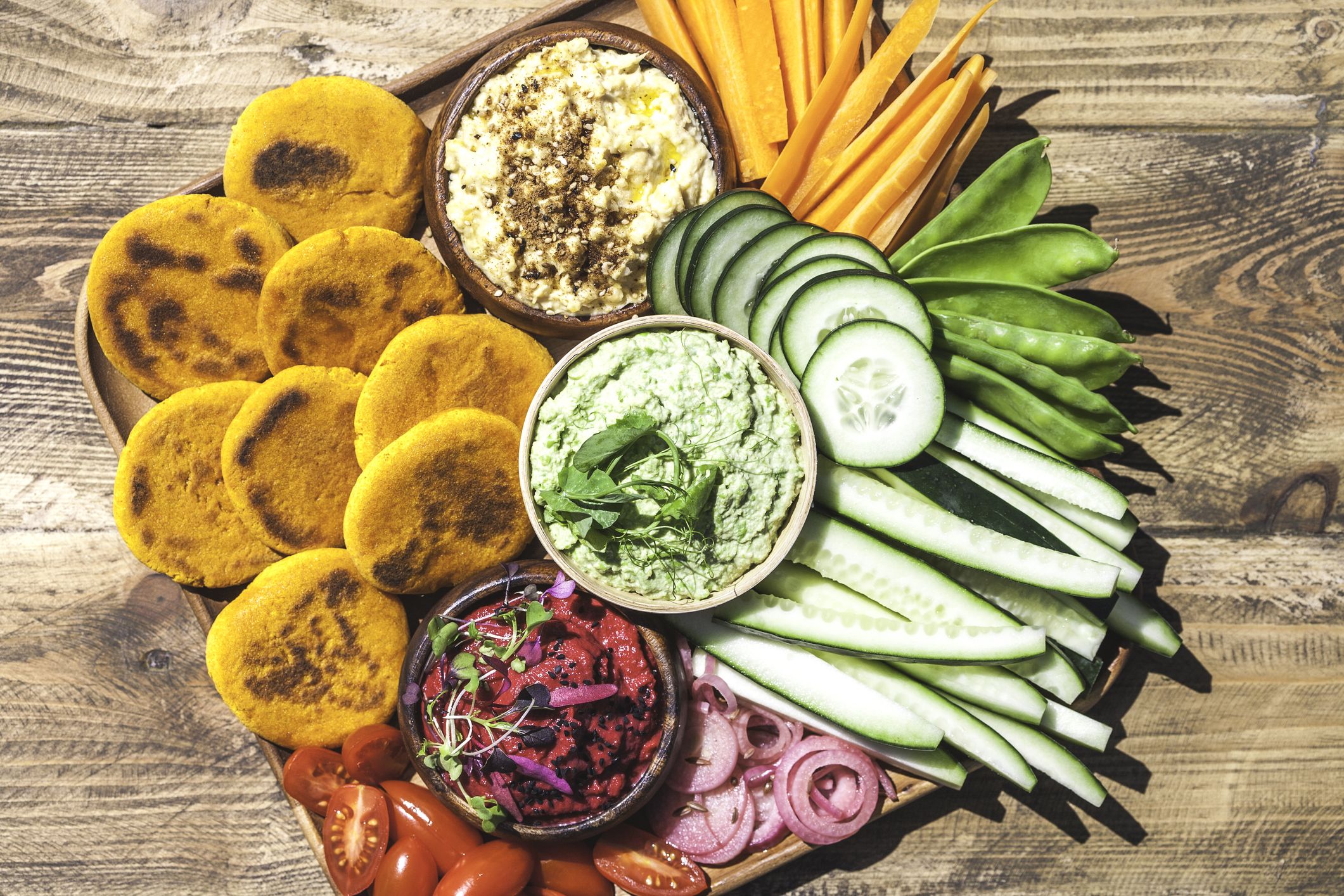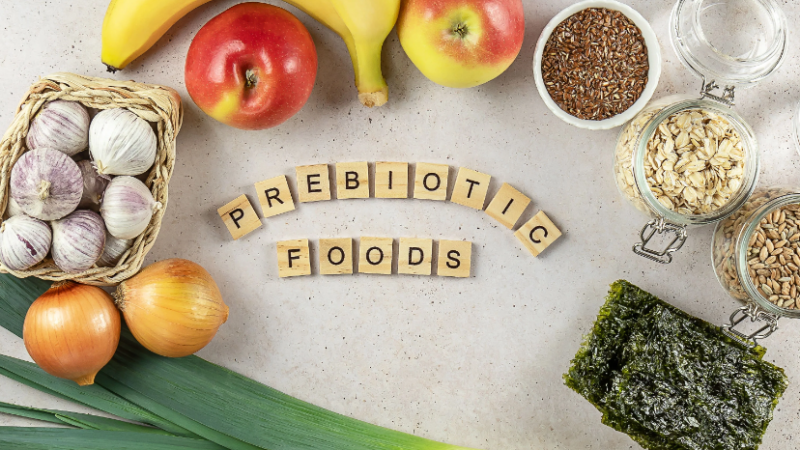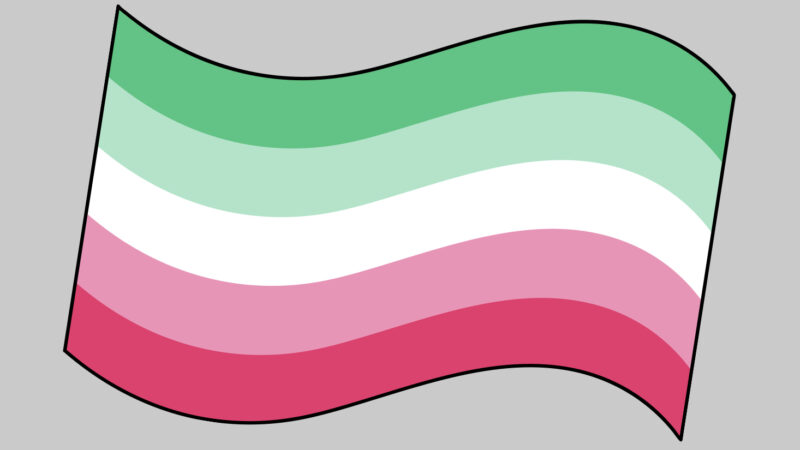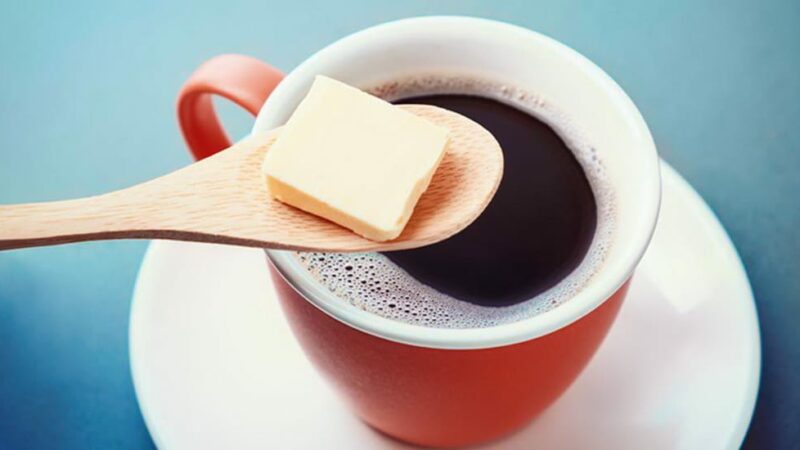Discover the Delightful World of Zero-Calorie Foods

0 calorie food – When it comes to maintaining a healthy diet and managing your weight, calories play a crucial role. However, did you know that there are foods out there that are so low in calories that they are often considered 0 calorie food?
These foods can be a fantastic addition to your diet, especially if you’re looking to reduce your calorie intake or simply want to enjoy guilt-free snacking.
In this blog, we’ll explore a list of foods that are often touted as zero-calorie, along with some tips on incorporating them into your diet.
What Are Zero-Calorie Foods?
0 calorie food are typically foods that provide such a small number of calories that the energy required to digest them is nearly equal to or greater than the calories they contain.
These foods are often low in carbohydrates, fats, and sugars, making them ideal for those seeking to lose weight or maintain a healthy lifestyle. While they won’t provide a significant source of energy, they can be an excellent addition to your diet due to their various health benefits.
List of Zero-Calorie Foods
- Celery: Often considered the poster child of zero-calorie foods, celery is a crunchy and refreshing option. It’s an excellent source of fibre and is packed with vitamins and minerals, making it a perfect snack for weight-conscious individuals.
- Cucumber: Cucumbers are incredibly hydrating and very low in calories. They provide a satisfying crunch and are a great addition to salads and sandwiches.
- Lettuce: Most leafy greens, including lettuce, are extremely low in calories. Whether you choose iceberg, romaine, or spinach, these greens are packed with nutrients and fibre while contributing minimal calories to your diet.
- Radishes: These vibrant and peppery vegetables are a flavorful way to add crunch and colour to your meals. They’re also low in calories and high in vitamin C.
- Zucchini: Zucchini is a versatile vegetable that can be spiralized into noodles, grilled, or roasted. It’s low in calories and offers a decent amount of fibre.
- Tomatoes: Whether eaten raw or cooked, they are relatively low in calories and provide essential vitamins and antioxidants like lycopene.
- Broccoli: This cruciferous vegetable is rich in fibre, vitamins, and minerals, and it has very few calories. It’s a great choice for adding volume and nutrition to your meals.
- Cauliflower: Cauliflower can be transformed into various dishes, including cauliflower rice and pizza crust. It’s low in calories and high in fibre.
- Spinach: Spinach is another leafy green that is low in calories and high in nutrients. It’s an excellent addition to salads, smoothies, and omelets.
- Watermelon: This juicy fruit is not only refreshing but also low in calories. It’s a great choice for satisfying your sweet tooth without a calorie overload.
- Asparagus: Asparagus is a nutrient-rich vegetable that’s low in calories and high in fibre, making it a great choice for weight-conscious individuals.
- Kale: Kale is a superfood packed with vitamins, minerals, and antioxidants. It’s low in calories and can be used in salads, smoothies, or as a crispy snack when baked into kale chips.
- Bell Peppers: Bell peppers, whether red, green, or yellow, are low in calories and provide essential vitamins, particularly vitamin C.
- Green Tea: While not a food, green tea is a calorie-free beverage that offers numerous health benefits, including antioxidants and metabolism-boosting properties.
- Mushrooms: Mushrooms are low in calories and add a savory umami flavor to dishes. They’re also a good source of protein and various vitamins and minerals.
- Egg Whites: Egg whites are an excellent source of protein and contain minimal calories compared to whole eggs. They’re versatile and can be used in omelets, scrambles, and baking.
- Cabbage: Cabbage is a cruciferous vegetable like broccoli and cauliflower, and it’s low in calories. Use it in coleslaw, stir-fries, or soups for a crunchy texture.
- Lemons and Limes: These citrus fruits are very low in calories and can be used to add flavor to water or as a zesty garnish for dishes.
- Green Beans: Green beans are a low-calorie vegetable that’s rich in vitamins and fiber. They can be steamed, roasted, or stir-fried.
- Seaweed: Seaweed, such as nori or wakame, is extremely low in calories and a good source of iodine and other minerals. It’s commonly used in sushi and salads.
- Chili Peppers: While they may add some spice to your meals, chili peppers are low in calories and can help boost metabolism due to their capsaicin content.
- Cauliflower Rice: Made by finely chopping cauliflower, cauliflower rice is a low-calorie alternative to regular rice and can be used in various dishes.
- Berries: Some berries, like strawberries, raspberries, and blackberries, are relatively low in calories and packed with antioxidants and fiber.
- Cranberries: Fresh cranberries are tart but low in calories. They can be used in sauces, salads, or as a garnish.
- Cress: Watercress and garden cress are leafy greens that are very low in calories and add a peppery flavor to salads and sandwiches.
Incorporating Zero-Calorie Foods into Your Diet
Now that you have a list of 0 calorie food at your disposal, here are some tips on how to incorporate them into your daily diet:
- Snacking: Use these foods as guilt-free snacks. Carry a container of sliced cucumbers or celery sticks to munch on during the day.
- Salads: Create vibrant, low-calorie salads by combining various leafy greens, tomatoes, radishes, and other zero-calorie veggies. Top them with a light dressing for added flavor.
- Side Dishes: Serve sautéed zucchini or cauliflower as a side dish to complement your main course.
- Smoothies: Add spinach or cucumber to your morning smoothie for extra nutrients without the added calories.
- Hydration: Include water-rich fruits like watermelon in your diet to help with hydration while keeping calorie intake low.
Conclusion
0 calorie food are a wonderful addition to any diet. While they may not provide significant energy, they are packed with essential nutrients, fibre, and hydration, making them an excellent choice for those looking to maintain a healthy lifestyle or lose weight.
Incorporate these foods into your meals and snacks to enjoy their benefits while keeping your calorie count in check. Remember, a balanced diet should include a variety of foods, so use these zero-calorie options to complement your overall nutrition plan.
FAQS
Q1: What are zero-calorie foods, and how do they work?
A1: Zero-calorie foods are foods that provide such a small number of calories that the energy required to digest them is nearly equal to or greater than the calories they contain. This means that your body expends more energy processing these foods than it gains from consuming them.
Q2: Can I eat zero-calorie foods in unlimited quantities?
A2: While 0 calorie food are low in calories, it’s essential to remember that no food is entirely calorie-free. Eating very large quantities of these foods can still contribute some calories to your overall daily intake. Moreover, a balanced diet includes a variety of nutrients, so it’s important not to rely solely on zero-calorie foods.
Q3: Are zero-calorie foods healthy?
A3: Yes, many zero-calorie foods are nutritious and packed with vitamins, minerals, and fiber. They can be part of a healthy diet and are often recommended for weight management and overall health.
Q4: Can zero-calorie foods help with weight loss?
A4: Yes, 0 calorie food can be helpful for weight loss because they provide volume and satiety without adding many calories. Including these foods in your diet can help you feel fuller with fewer calories.
Q5: Are there any side effects of consuming zero-calorie foods?
A5: Generally, 0 calorie food have no harmful side effects when consumed as part of a balanced diet. However, if you have specific dietary restrictions or allergies, be cautious and consult with a healthcare professional if you have concerns.





